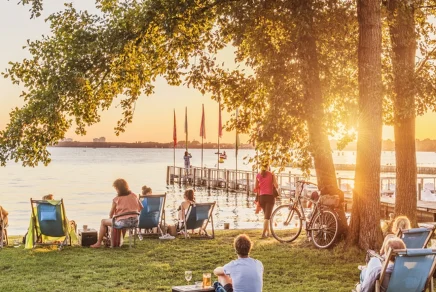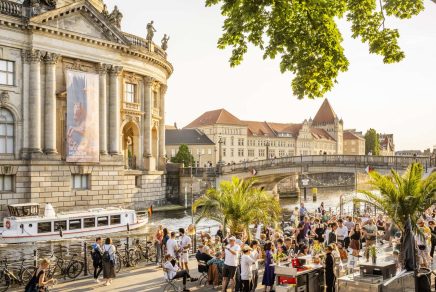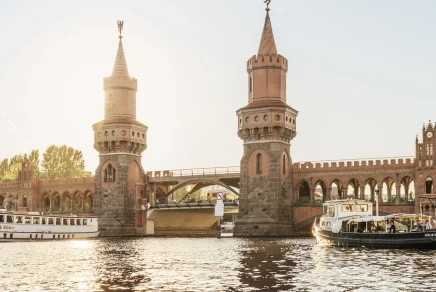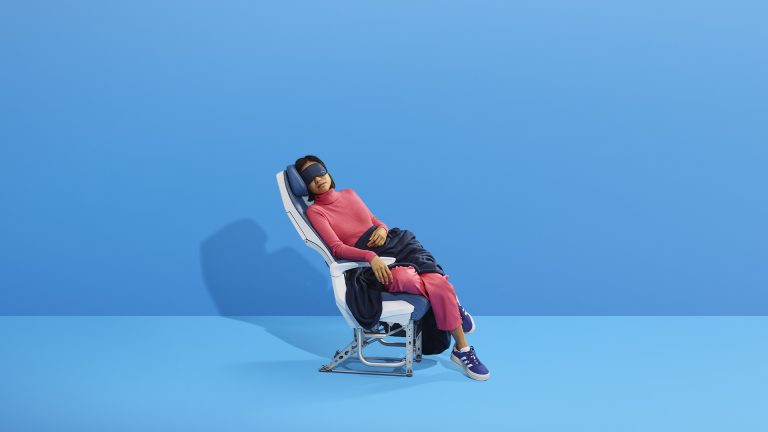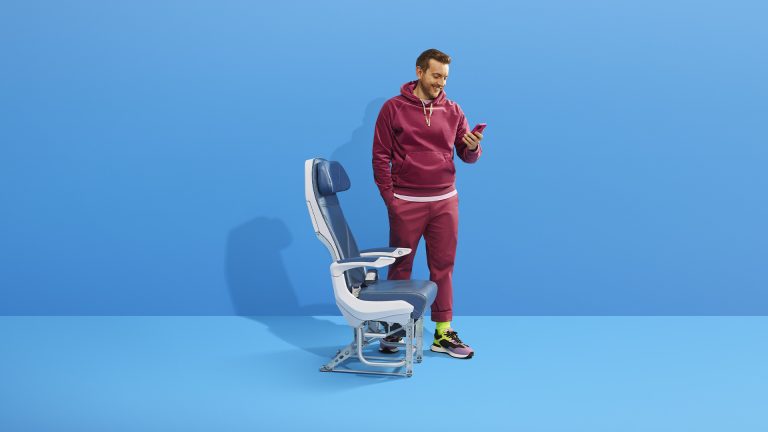Are you ready for an adventure that brings together vibrant history and electrifying contemporary queer culture? Look no further than Berlin, the vibrant German capital! This vibrant city is a beacon of freedom and diversity, particularly for the LGBTQ+ community. Dive into thriving queer neighbourhoods. Dance the night away in vibrant clubs. Immerse yourself in a culture of acceptance that runs deep in the city’s veins. Berlin effortlessly blends its rich and often poignant past with a truly inclusive and dynamic present, offering an unparalleled experience that makes it one of the world’s most open and tolerant cities for queer travellers. As champions of inclusion ourselves, we’ve gathered the best landmarks and activities pertaining to LGBTQ in Berlin for you to dive into.
Get ready to explore, celebrate and be utterly captivated!
How trans-friendly and LGBTQ-friendly really is Berlin?
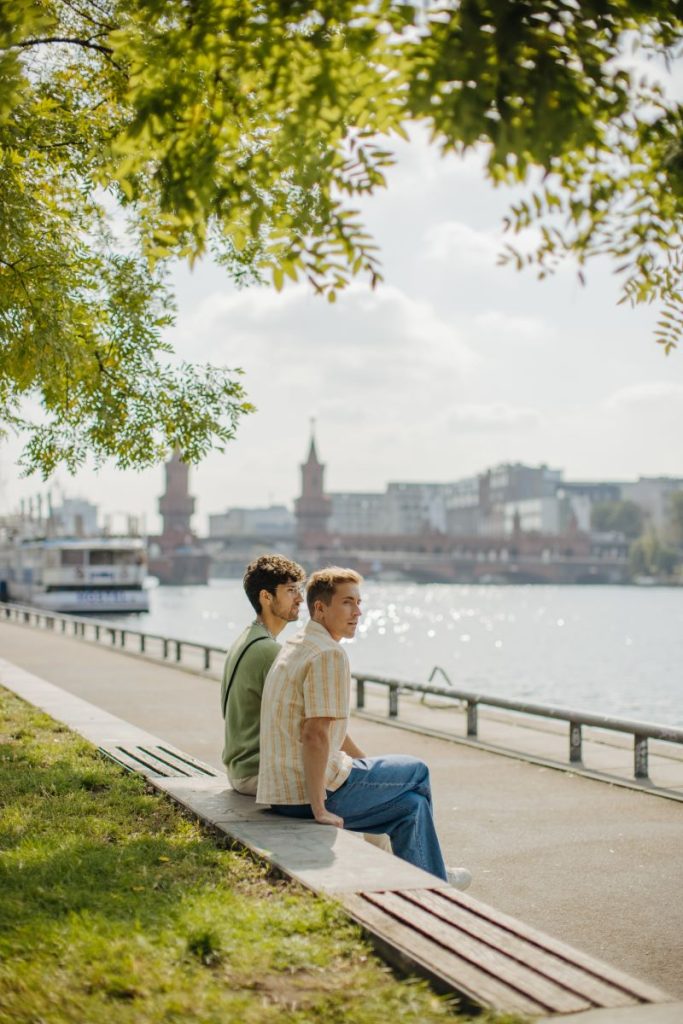
Berlin boasts a global reputation for its LGBTQ+ friendliness. A title earned through decades of activism, acceptance, and pioneering initiatives, all contributing to a deeply ingrained culture of inclusivity. Germany legalized gay marriage in 2017; but this openness isn’t a recent phenomenon.
Its progressive timeline began with an astonishing feat… The establishment of the world’s first Humanitarian Committee in 1897 by Magnus Hirschfeld, a dedicated force campaigning for LGBTQ+ rights. In the 1920s, Berlin truly flourished as a vibrant queer cultural hub, proudly hosting Hirschfeld’s groundbreaking Institute for Sexual Science and witnessing the publication of Der Eigene, an incredible milestone as the world’s first gay magazine. In fact, this era was renowned for its astonishingly open and extensive queer scene. Over 100 dancehalls, pubs, and even wine bars specifically catering to gays and lesbians, creating a glitzy nightlife and a visible queer neighborhood that was unparalleled globally at the time.
However, this burgeoning queer life was brutally suppressed by the Nazi regime in the 1930s. During World War II, queer people were massively sent to concentration camps—devastating queer life not just in Berlin but across the entire geographic domination of the Third Reich.
After the war, the spirit of queer liberation gradually resurfaced, particularly in West Berlin. Despite the city’s division by the Berlin Wall, LGBTQ+ communities found ways to exist and grow in both the eastern part and the western part. Coincidentally, on the very night the Berlin Wall fell, Germany’s first gay feature film, Coming Out, was released. This marked a symbolic moment of breaking down barriers. People on the eastern side finally got to experience West Berlin’s freer and comparatively more openly queer scene.
Today, the rainbow flag flies high and proud throughout many districts in Berlin. This reflects a deeply embedded commitment to public awareness through initiatives championing diversity for queer men and women and everyone that’s anywhere in between.
Did you know that Berlin is home to the world’s first collection of LGBTQ+-friendly hotels? These properties are committed to ensuring that everyone can be themselves, and actively support the local LGBTQ+ community.
🛎️
Here are two options that have been tested and approved by Air Transat as part of the Pink Pillow Collection:
A guided walking tour of queer Berlin
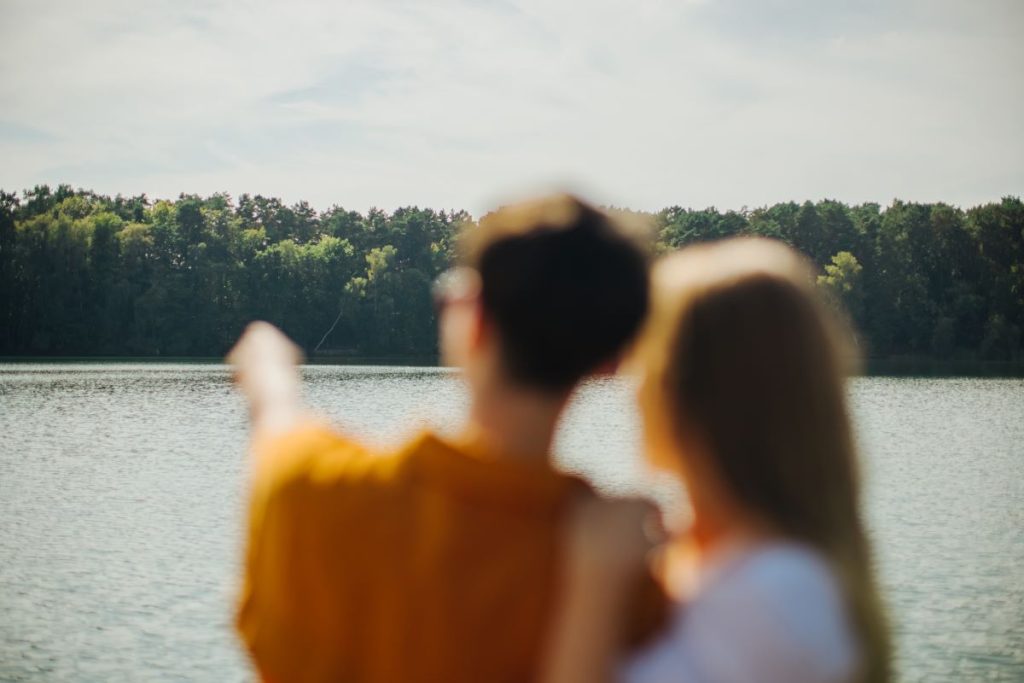
To truly delve into Berlin’s rich LGBTQ+ tapestry, a guided walking tour of queer Berlin is an absolute must. In fact, these tours—often led by queer activists and knowledgeable locals—offer an immersive journey through over a century of queer and trans history.
Additionally, you’ll learn about figures like Christopher Isherwood, whose Berlin experiences inspired Cabaret, and the influential trans performer Romy Haag, muse to David Bowie. Tours often highlight pivotal moments, from the early gay emancipation movements to the devastating impact of the AIDS crisis and the resilience of the community on either side of the wall. You might visit the former site of Magnus Hirschfeld’s Institute for Sexual Science, a poignant reminder of the intellectual and social progress that was tragically destroyed by the Nazis.
Indeed, these tours bring history to life with historical photos, personal anecdotes, and a genuine passion that will deepen your understanding and appreciation for the strength and perseverance of queer people in Berlin.
Berlin’s thriving drag scene
Get ready to sashay into Berlin’s incredible drag scene, where sparkle, wit, and fierce performances reign supreme!
This dynamic, vital force within the queer community offers a unique blend of humor, glamour, and often, powerful social commentary. Check out legendary spots like Chantal’s House of Shame and Tipsy Bear, renowned for their riotous drag nights. Here, you’ll witness both established queens commanding the stage and exciting up-and-coming performers ready to steal the spotlight.
Schöneberg, commonly called the “Gay Area of Berlin”

This charming district in West Berlin is the undeniable historic and spiritual home of Berlin’s LGBTQ+ scene, a true haven for queer individuals for well over a century. Imagine streets positively buzzing with life, lined with countless gay bars, welcoming cafes, and intriguing shops.
This area’s queer roots run deep, making it incredibly special. In the freewheeling 1920s, Schöneberg was at the forefront of queer liberation, a place where LGBTQ+ people could openly live, love, and create community long before many other parts of the world. Figures like Christopher Isherwood immortalized its bohemian charm and diverse characters in his “Berlin Stories.” Even through the challenging post-war years and the division of the city, Schöneberg remained a steadfast beacon for queer life in West Berlin.
Stroll around Nollendorfplatz, the pulsating epicenter of Schöneberg’s queer life, and you’ll immediately feel the incredibly welcoming atmosphere. From cozy, traditional gay bars perfect for a relaxed chat to lively dance clubs where you can let loose, Schöneberg offers a diverse range of options for every taste.
t’s also the proud host of the annual Lesbian and Gay City Festival, Europe’s largest street festival of its kind.
The Schwules Museum
No exploration of queer Berlin would be complete without a visit to the Schwules Museum (Gay Museum). Located in the Tiergarten area, this internationally renowned institution is dedicated to collecting, preserving, and presenting lesbian, gay, trans, bisexual, and overall queer life stories, themes, and concepts in history, art, and culture.
The museum’s exhibitions are incredibly insightful, offering authentic glimpses into queer worlds and identities through photographs, videos, personal letters, and artifacts. It’s a place to learn about the long history of LGBTQ+ activism in Germany, the devastating impact of the Nazi regime on queer lives, and the ongoing fight for equality.
In brief, the Schwules Museum actively amplifies the voices of a community that society has often marginalized and silenced, making it a vital cultural institution.
Prenzlauer Berg and East Berlin’s gay legacy
While Schöneberg holds the historical crown, the eastern part of Berlin, particularly Prenzlauer Berg, also boasts a significant queer history.
During the Cold War, East Berlin developed its own underground queer scene despite the repression. Known for its artistic and counter-cultural movements, the district became a discreet gathering place for the LGBTQ+ community. Today, Prenzlauer Berg still offers a welcoming vibe with independent cafes and a more alternative queer scene.
Berlin Pride on Christopher Street Day





Looking for the ultimate celebration of freedom and pride in Berlin? Look no further than the absolutely spectacular Berlin Christopher Street Day (CSD Berlin)! This annual parade is a breathtaking, powerful demonstration of solidarity. It’s a passionate fight for rights and a truly joyous celebration of queer identity. Imagine hundreds of thousands of people, draped in dazzling rainbow flags, flooding the streets with vibrant, colorful floats and infectious live music. They transform the German capital into an explosive display of joy, activism, and unity.
And the fun continues beyond the main parade! Berlin Pride Week comes alive with a variety of festivals and events. You can even experience the unique Canal Pride, a vibrant party tour that cruises along the Spree River—a truly Berlin way to celebrate!
Berlin’s vibrant gay clubs and bars
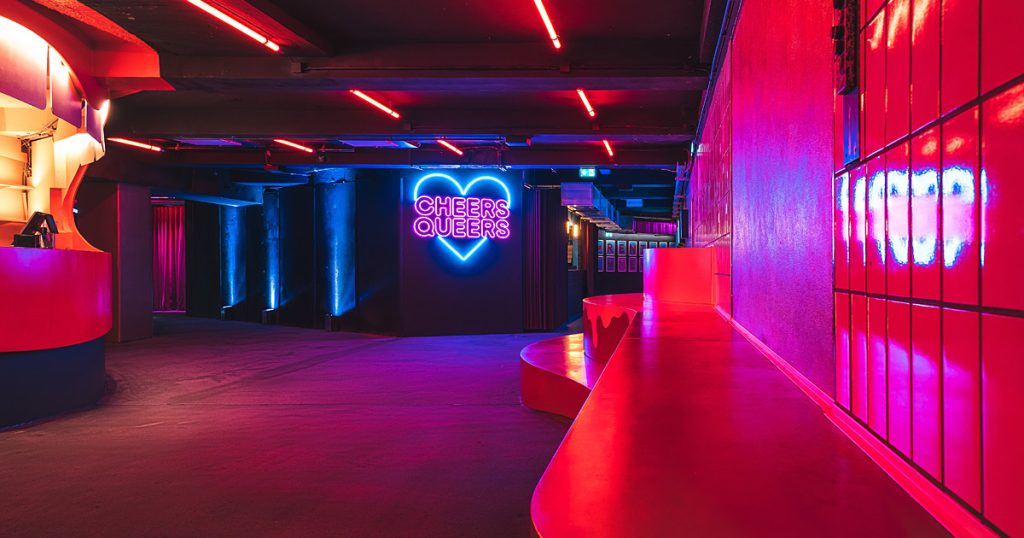
Get ready to plunge headfirst into Berlin’s legendary LGBTQ+ nightlife! It’s an experience that rockets far beyond your typical expectations of gay bars and gay clubs! This city boasts an utterly diverse club culture that caters to every single taste and mood, evidently fostering a genuinely inclusive atmosphere where everyone feels welcome to let loose and be themselves. There’s always an exhilarating place in Berlin to connect, make friends, and soak up the city’s electrifying energy.
For a true institution, you must visit SchwuZ, located in Neukölln. SchwuZ is a multi-room powerhouse that has been a cornerstone of queer nightlife since the late 1970s, making it one of Berlin’s oldest and most beloved gay clubs. Expect a mix of pop, disco, techno, and themed parties that cater to a huge, diverse crowd.
In Schöneberg, colloquially known as gayborhood, you’ll find classic gay bars like Heile Welt or Tom’s Bar for more a relaxed vibe. Looking for pulsating techno beats that keep you dancing until dawn? Head to queer-friendly clubs like Berghain/Panorama Bar (if you can get in!) or the more niche Lab.Oratory for an underground experience.
Queer culture and exhibitions
Beyond the vibrant nightlife, Berlin’s cultural landscape deeply embraces queer themes. Offering a vast array of experiences that showcase artistic expression and intellectual engagement! Unsurprisingly, many places in Berlin ensure that queer culture is celebrated and accessible in various forms. To demonstrate this, they accordingly provide thought-provoking perspectives and ensure that queer voices are heard loud and clear—offering more than just a party.
For starters, don’t miss the internationally acclaimed Xposed Queer Film Festival Berlin, which provides crucial platforms for diverse queer narratives and showcases both contemporary and classic films.
Several mainstream art galleries and museums in Berlin actively champion queer artists and themes.
- First, the Berlinische Galerie, Berlin’s state museum for modern art, photography, and architecture, frequently features works by prominent queer artists like Nan Goldin and Hannah Höch within its collection. Their “Out and About” online project, for instance, specifically investigates and highlights queer visibilities within their extensive holdings. Keep an eye on their rotating exhibitions, as they often include LGBTQ+ relevant themes.
- Second, and while not exclusively queer, institutions like C/O Berlin, a renowned photography exhibition space, have also featured works by iconic queer photographers such as Annie Leibovitz and Robert Mapplethorpe, with exhibitions sometimes focusing entirely on “Queerness in Photography.”
- Lastly, even the Gemäldegalerie, with its vast collection of European paintings, boasts masterpieces like Caravaggio’s “Cupid as Victor,” painted by the openly gay artist.
Mongay: celebrating queer cinema
Film buffs? Or just seeking a more relaxed evening? Berlin offers Mongay, a beloved tradition that celebrates queer cinema every Monday night. Not only is it a great way to discover new stories or revisit classics, but it’s also an opportunity to connect with the community in a welcoming atmosphere. For instance, cinemas like Kino International and Moviemento regularly take part in this initiative. Indeed, they curate diverse programs that reflect the richness of LGBTQ+ narratives.
Cover photo credit: Julia Nimke/visitBerlin


